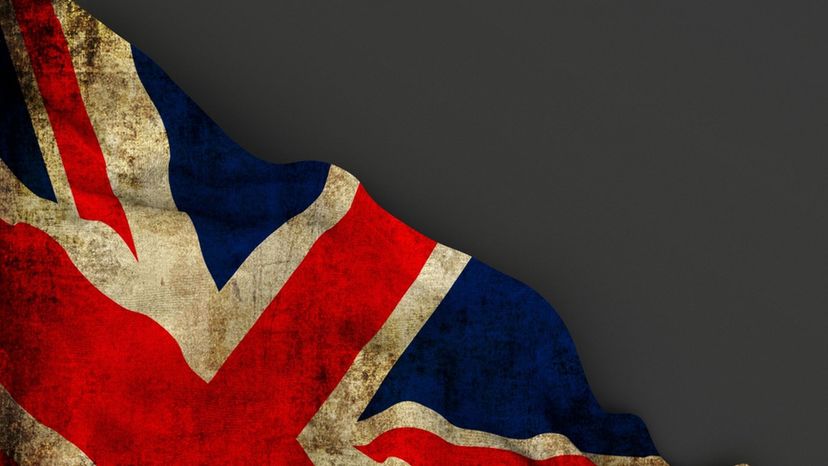
About This Quiz
The United Kingdom is currently is made of Northern Ireland, Wales, Scotland, and England, plus Gibraltar, the Falklands, and a few other places. Currently part of the European Union until its controversial exit next year, the UK is referred to as "British" due to being largely based on the island of Great Britain, but this technically refers only to the island containing Scotland, Wales, and England (it was named "great" as opposed to the province of Breton, or "little Britain", across the Channel).
While the Act of Union wasn't until the 1700's, which is when the United Kingdom formally became one entity, the history of the UK's component parts reach back 5,000 years and more beyond the building of Stonehenge. Its more "modern" history is generally deemed to start with the Norman invasion of 1066, though true experts will also study the Anglo-Saxon and Roman periods before that. As the birthplace of the Industrial Revolution, the UK colonized a great deal of the world, creating the biggest empire in world history. It engaged in the slave trade for around 200 years, abolishing it in the 1830's and then putting ships to sea to end it: sadly, many fortunes were built on this labor while it lasted. The UK was later a key member of the Allies in World War One and Two during the 20th century, fighting alongside France, the Soviet Union, and the United States to battle Nazi Germany, fascist Italy, and imperial Japan. Victory in both wars resulted in the geopolitical ascendancy of the UK's ally, the USA.
We're focusing on the long history of the United Kingdom. Do you know enough to pass our test?Â
Advertisement
Advertisement
Advertisement
Advertisement
Advertisement
Advertisement
Advertisement
Advertisement
Advertisement
Advertisement
Advertisement